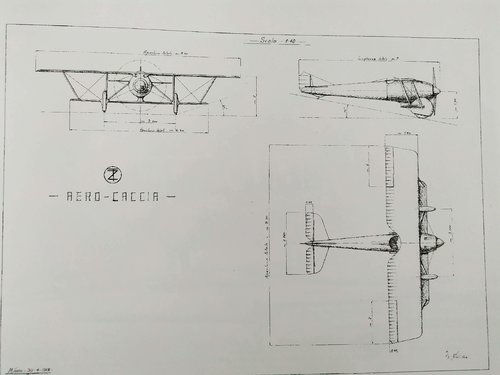theponja
ACCESS: Secret
- Joined
- 5 September 2007
- Messages
- 429
- Reaction score
- 41
Seems time to review Italian projects 
About the Tebaldi-Zari:
"An engineer named Tebaldi designed the Tebaldi-Zari, which was a was a single-seat wooden sesquiplane with heavily staggered wings and a 142 kW (190 hp) Isotta-Fraschini water-cooled V6 engine driving a two-bladed tractor propeller. Its fixed, tail skid landing gear was of very unusual configuration; the main gear was of very wide track and had oversized main wheels with their axle incorporated into the lower wing. "
from wikipedia: http://en.wikipedia.org/wiki/Tebaldi-Zari
I wonder why they designed the landing gear on that way. I've found just a couple of pictures online. Anyone has more information? a 3d view ?
Regards
Luis
About the Tebaldi-Zari:
"An engineer named Tebaldi designed the Tebaldi-Zari, which was a was a single-seat wooden sesquiplane with heavily staggered wings and a 142 kW (190 hp) Isotta-Fraschini water-cooled V6 engine driving a two-bladed tractor propeller. Its fixed, tail skid landing gear was of very unusual configuration; the main gear was of very wide track and had oversized main wheels with their axle incorporated into the lower wing. "
from wikipedia: http://en.wikipedia.org/wiki/Tebaldi-Zari
I wonder why they designed the landing gear on that way. I've found just a couple of pictures online. Anyone has more information? a 3d view ?
Regards
Luis














